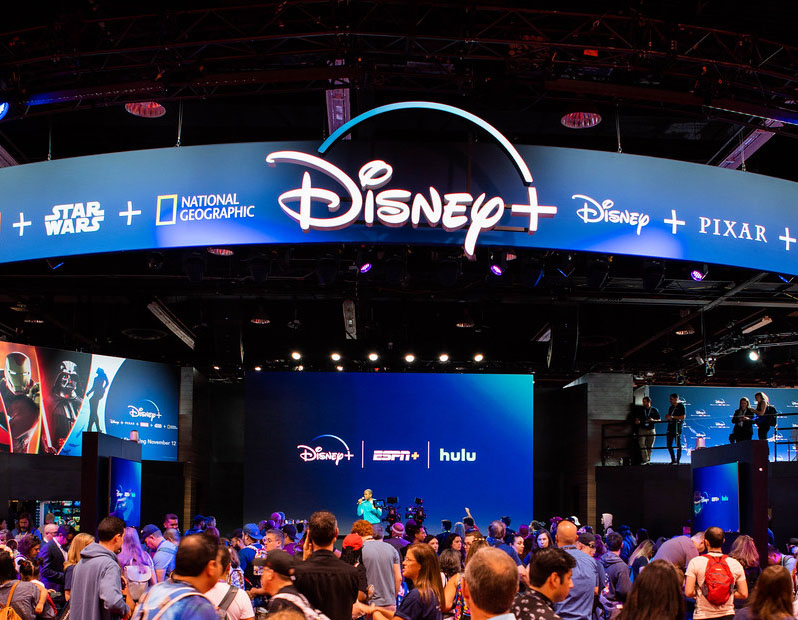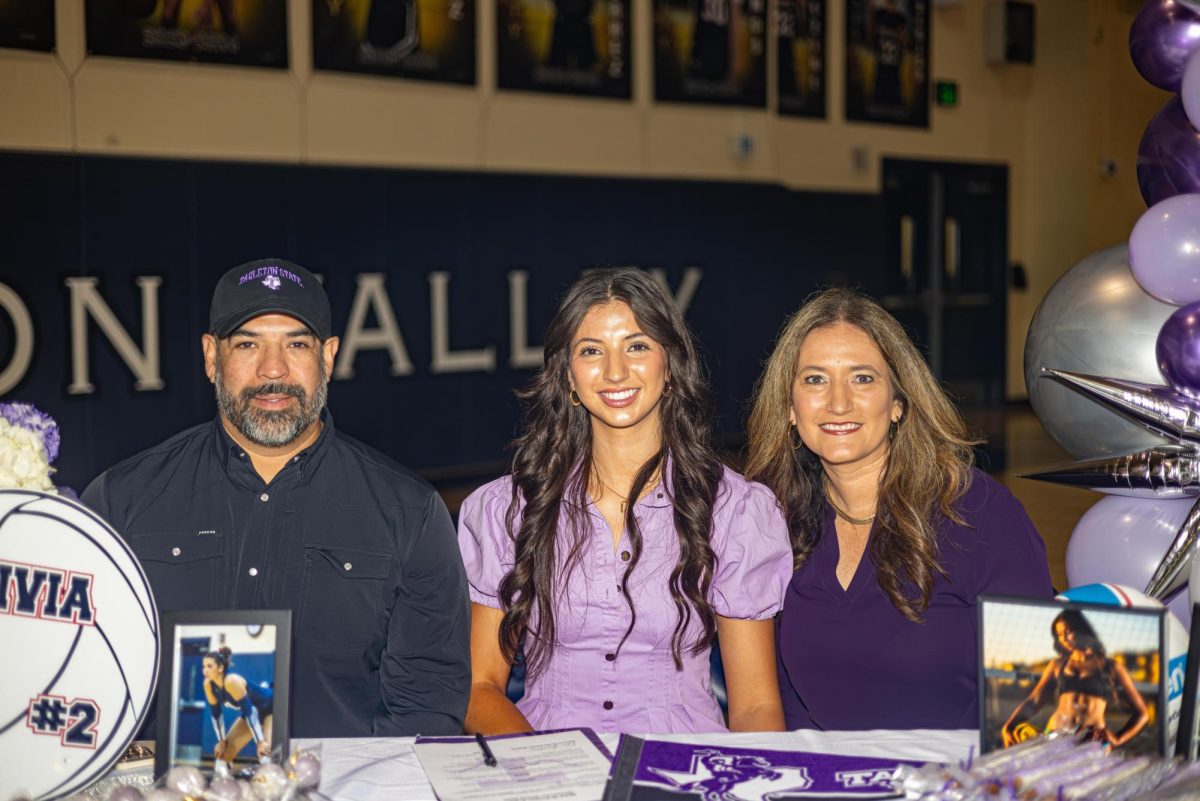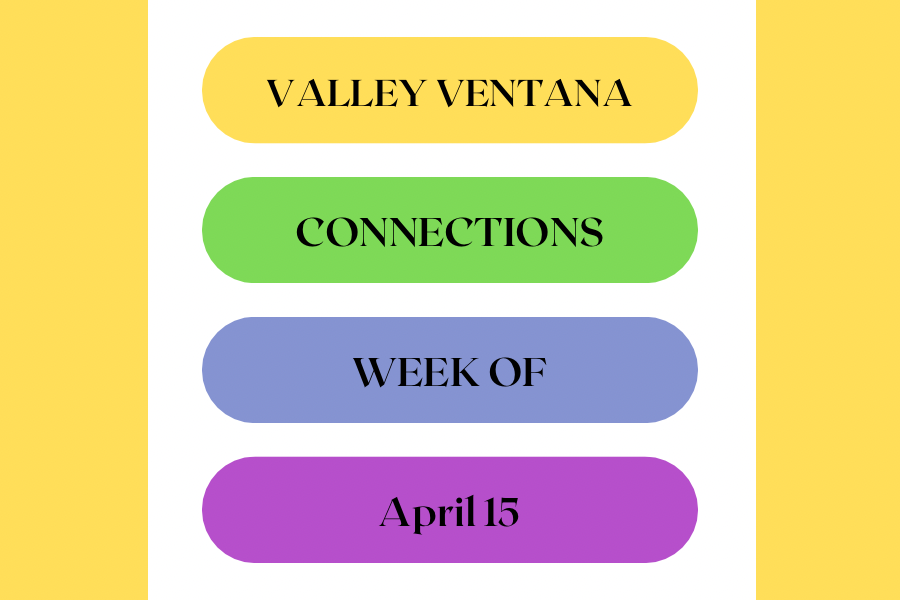Disney+ or negative
Is new streaming service worth it?
February 11, 2020
Once again, the House of Mouse found another way to intertwine itself into our lives by sneaking into living rooms through the television.
In a controversial move, The Walt Disney company made the decision to pull their titles from all streaming services last year to prepare for their new launch, Disney+, finally staking their claim in the world of streaming apps.
Millions tried to log onto the app on its official release Nov. 12, and in an ironic turn of events, crashed the unprepared server. While hoping to search for favorite childhood movies, viewers instead saw an “Unable to Connect” message accompanied by in classic Disney fashion, a cute cartoon character.
The malfunction unimpressed critics who immediately vented their frustrations out to review sites and news articles bashing Disney for not anticipating the enormous demand it stirred up on day one. And to be honest, how did they not anticipate the sheer number of people hoping to log on the first day? It’s Disney; of course there was going to be (though maybe undeserved) massive amounts of hype.
After a week of fixing the so called “coding errors,” Disney+ was back up and running, and previously upset fans soon changed their tune, praising the app for “reigniting their childhood,” with “a great user interference,” and “a wide selection of content.”
Though they didn’t foresee the technical issues, the company smartly played to the bandwagon effect, releasing buzz-worthy original titles like the Star Wars spinoff, “Mandalorian,” captivating the Internet with “The Child,” better known as Baby Yoda, and generating possibly the most important marketing technique of the 21st century: internet buzz.
The secret to staying in the streaming service business is producing original titles that get people talking, which is how Netflix will always stay relevant, even if big name titles like “The Office” and “Friends” are taken off. The Netflix recipe creates massive amounts of hype based around a show or movie that continues to amount as more and more people start talking about it, especially on social media.
When a show or movie finally airs, thousands tune in, and more follow to avoid being left out of the loop. Take the success of “Birdbox,” for example. The “#BirdboxChallenge” got people to walk into walls and tables just for the sake of following the trend, accumulating more viewers. It was a genius marketing tactic and completely unanticipated and free for Netflix.
But focusing back on Disney+, it did the same with its entire app, sucking in ten million subscribers from day one, with millions following as the service became available worldwide.
So how does Disney+ stack up against competitors? Some of the clear advantages of Disney+ is that there is so much to watch. It boasts big titles like the majority of Marvel movies and spinoff series, the entire Star Wars saga, National Geographic documentaries for wildlife lovers, and nearly every Disney and Pixar movie made. Once you finally get over the shock of how much content there is, the amount of titles is overwhelming.
Streaming memberships not only buy what Disney has already released, but it also invests in everything Disney is going to produce in the future. New releases keep greedy fans already out of content excited for the streaming service’s future line up, like the three new upcoming Marvel series teased during the Super Bowl commercials.
The final verdict: Disney+ is absolutely worth your dollar (or rather seven dollars per month.) The app is ad-free which should be the norm for streaming services you’re already paying for (looking at you, Hulu) and allows four people to stream at once with no extra charge (looking at you, Netflix. and is overall a great deal, especially when taking advantage of the app’s bundle discount for subscribing to ESPN and Hulu.
















